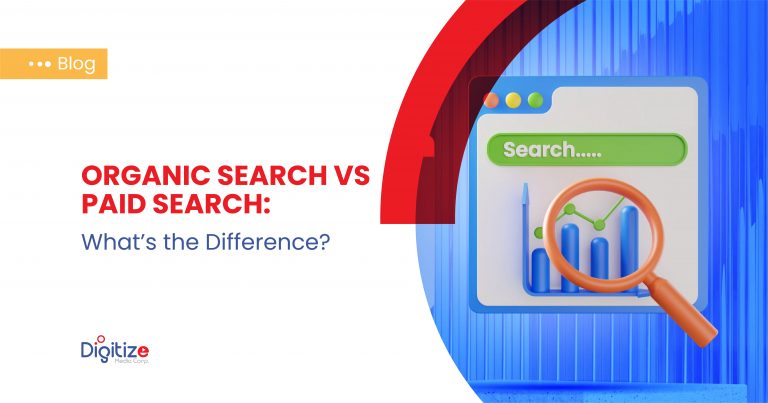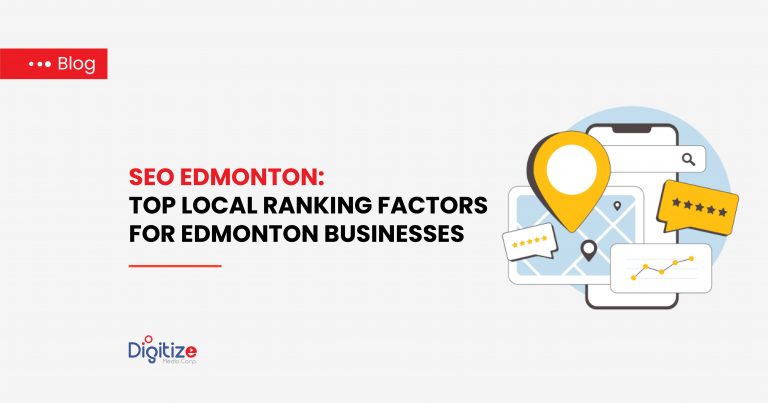Quantum computing represents a significant leap forward in our ability to process information, offering computational powers far beyond what traditional computers can achieve. As we stand on the brink of this technological revolution, its potential applications within the CDAP (Digital Adoption Plan) space, especially for enhancing digital transformation strategies in Edmonton and beyond, are drawing increasing attention. This article explores the intersection of CDAP Quantum Computing and its transformative impact on digital adoption, providing insights into the advancements and challenges of integrating quantum technologies.
Quantum Computing: A Game-Changer for CDAP Digital Adoption
At the heart of CDAP Quantum Computing lies the promise of exponentially accelerated data processing and analysis capabilities. Quantum computing’s ability to handle complex algorithms at unprecedented speeds can significantly enhance digital advisory services, particularly in sectors like green energy adoption, where sophisticated data analysis is crucial. By leveraging quantum computing, CDAP platforms can offer more advanced, predictive insights into technology adoption strategies, enabling businesses and organizations to make more informed decisions faster.
Potential Applications and Advancements
- Enhanced Data Analytics: Quantum computing can process vast datasets more efficiently than classical computers, providing deeper insights into user behavior and digital adoption patterns. This can inform more personalized and effective CDAP strategies.
- Optimization Problems: Quantum algorithms solve complex optimization problems common in resource allocation and logistics within digital transformation projects. This capability can lead to more efficient and cost-effective implementation plans.
- Security Enhancements: Quantum cryptography offers new ways to secure data, an essential aspect of CDAP platforms, especially when handling sensitive information. This can foster greater trust in digital adoption processes.
Challenges in Leveraging Quantum Technologies
Despite the promising applications, integrating quantum computing into CDAP poses several challenges:
- Technical Complexity and Specialized Knowledge: Quantum computing operates on principles of quantum mechanics, such as superposition and entanglement, which fundamentally differ from the binary logic of classical computing. Developing quantum algorithms and understanding quantum behavior requires a deep knowledge of quantum physics, computer science, and mathematics. The talent pool with these cross-disciplinary skills needs to be improved, making it challenging to accelerate development and adoption.
- Quantum Hardware Development: Building stable and scalable quantum computers is a significant engineering challenge. Quantum bits, or qubits, the basic unit of information in quantum computing, are susceptible to their environment. Maintaining qubit coherence for sufficient periods to perform complex computations requires extremely low temperatures and sophisticated error correction techniques to mitigate the effects of quantum decoherence and noise. These requirements demand advanced materials, cryogenics, and precision engineering, translating into high costs and technological hurdles.
- Error Rates and Qubit Coherence: Quantum computers currently suffer from high error rates due to qubit instability and interference from external environments. Developing effective quantum error correction methods is crucial for building reliable quantum systems. Moreover, maintaining the coherence of qubits long enough to perform meaningful calculations is a persistent challenge, requiring ongoing innovation in qubit design, fabrication, and control.
- Scalability: While quantum computers promise exponential scaling advantages over classical computers for specific problems, physically scaling up quantum systems to thousands or millions of qubits (necessary for widespread practical applications) remains daunting. Achieving this scale without compromising qubit quality or system stability involves overcoming substantial engineering and scientific obstacles.
- Software and Algorithm Development: The nascent state of quantum software development tools and algorithms limits the practical applications of quantum computing. Developing quantum algorithms that outperform classical counterparts for a broad range of problems requires new programming paradigms and computational frameworks. The ecosystem of quantum programming languages, development environments, and debugging tools is still in its infancy, necessitating significant investment in software infrastructure.
- Integration with Classical Systems: For the foreseeable future, quantum computers must work with classical systems, requiring efficient quantum-classical interfaces. Developing hybrid systems that leverage the strengths of both quantum and classical computing for real-world applications poses significant technical challenges, including data transfer, protocol development, and system interoperability.
Key Takeaways
- Quantum computing has the potential to significantly enhance CDAP platforms by providing advanced data analytics, solving complex optimization problems, and improving security.
- Integrating quantum computing into CDAP presents challenges, including technical complexity, infrastructure requirements, and system compatibility issues.
Critical Data and Unique Element
A helpful table summarizing potential quantum computing applications in CDAP and associated benefits and challenges provides a clear, at-a-glance understanding of this complex topic. This approach offers a unique element by simplifying the intersection of these advanced technologies for a broad audience.
Conclusion: Embracing the Quantum Future in CDAP
The integration of CDAP Quantum Computing is poised to redefine digital adoption strategies, offering unprecedented capabilities that could solve some of the most pressing challenges in digital transformation. As we explore this promising intersection, it’s clear that advancements will significantly influence the future of CDAP in cities like Edmonton and beyond in quantum technologies. The call to action for stakeholders in the CDAP Digital Advisor Edmonton sphere is clear: to stay ahead of the curve by embracing and investing in quantum computing research and development, ensuring they are ready to leverage these powerful technologies to drive digital adoption.
For a deeper understanding of how quantum computing can revolutionize green energy adoption through CDAP, click here to explore CDAP Green Energy Adoption.








